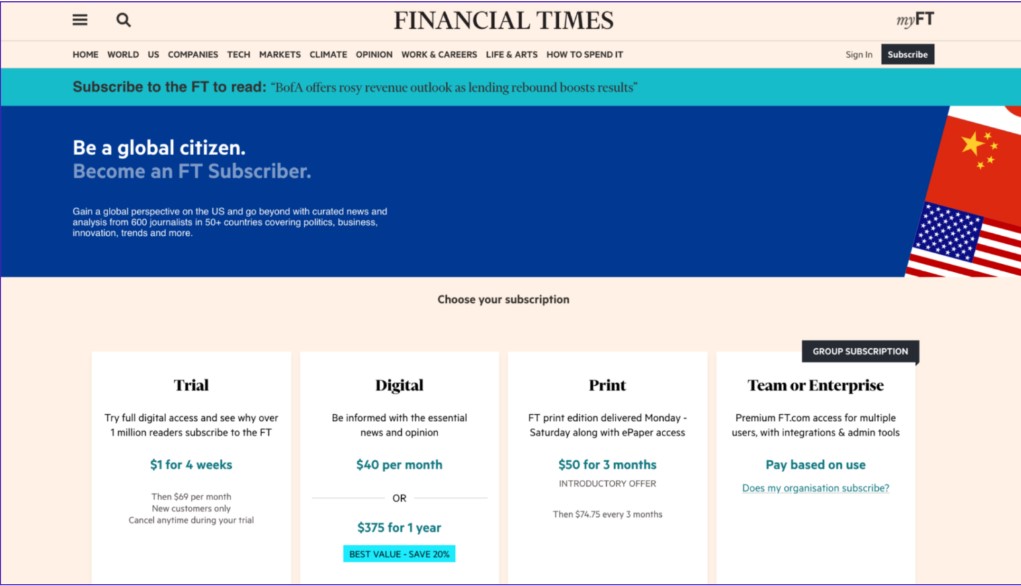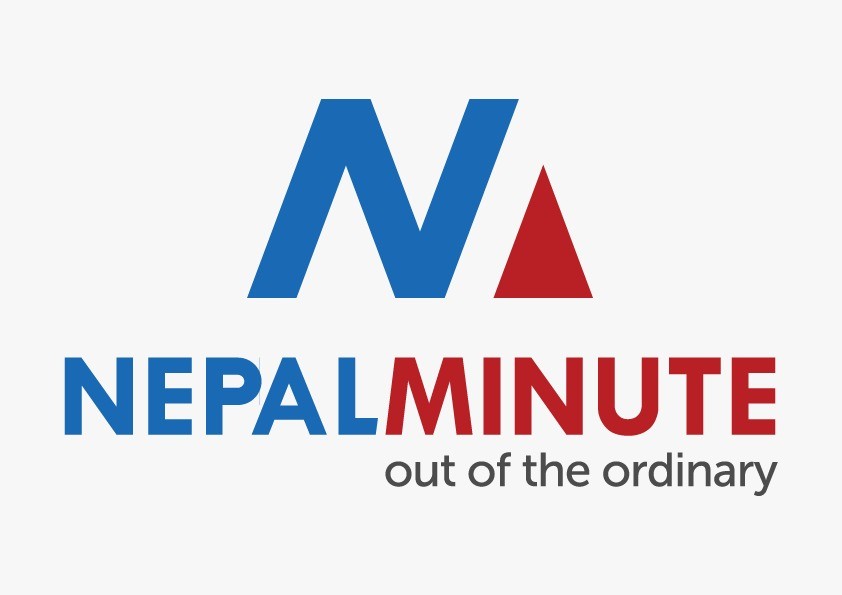Science & Technology

As more traditional news sources move online, access to good journalism comes at a cost. Paywalls are becoming more common as a part of online subscription services.
Some websites only let you read a few articles for free before paying for a subscription, while others might ask you to pay immediately. The main goal is to get people to sign up and pay for the privilege of access.
Users are becoming increasingly frustrated with paywalled sites. Searching for a topic or clicking a link on social media may lead you to an article that requires a subscription.
Not everyone can pay for a monthly or annual membership to a wide variety of news websites, especially if they want to read a single story (from Twitter) every so often.
So, how can we circumvent this vexing user experience? Here are five methods to get around such paywalls:
- Browse private
_11zon1677069876.jpg)
An incognito browsing window on Chrome in left and a private browising window on Firefox in right.
Some news sites stop people from reading an article by giving them a cookie. Cookies are small files that websites put on a user's computer or phone, so they can remember who they are when they come back. When you use Private Browsing or Incognito Browsing, the cookies are deleted when you're done browsing. This can help you get around soft paywalls.
Incognito mode or private browsing can be turned on by clicking on the browser's menu near the top right corner. - Switching to reader mode can help

A New York Times story behind paywall is easily accessible using reader feature. Photo: NYTimes/ Reader
Most paywalls, even those for big-name sites, can be bypassed with the help of the "reader mode" in new browsers. Reader mode is meant to eliminate annoying ads and pop-ups, but this feature can also stop the overlay telling you to pay the subscription fee.
Three of the most popular browsers Google Chrome, Mozilla Firefox and Microsoft Edge, all have built-in reader mode. Still, the mode is not enabled by default in Chrome, while the mod is readily available in the other two.
Chrome users, however, can follow a few simple steps to enable it.
This trick works almost all the time.
- Extension

The same NY Times article is available freely when read through Postlight Reader. Photo: NepalMinute/Using Postlight
Another option is to use a browser extension to get around the paywall, such as Postlight Reader or Unpaywall. It's very similar to the reading mode in that it disables distracting features like adverts and pop-ups.
However, the extension, like the reading mode, requires each article's activation.
Activate an extension by clicking its icon when it displays next to the address bar.
Add-ons are what Firefox calls the extensions so that you know. - Using 12ft ladder

12ft.io landing page shows the motivation behind the page creation. Photo: 12ft.io.
How do you scale a wall? The same idea may be used to aid in climbing a paywall. After all, it is a wall.
The website 12ft.io hosts a useful app. This method requires no additional plug-ins or extensions, but its utility comes at a price. However, the website could not bypass the paywalls of major publications, including The New York Times and The Washington Post. - Using an archived page
Wayback Machine and Archive.today are some sites that provide users functionality to save a snapshot of the page, which may change over time. These websites can also search the archived version of the webpage behind the paywall.
It is as easy as using the 12ft.io, paste the webpage link behind the paywall in the archiver's search bar, and the page comes with all the snapshots of the pages made. Choose the latest one and read it.
The final question: is all of this legal?
All these steps, although they seem illegal, are perfectly legal! Nevertheless, we have no objection to paywalls, and neither do you. Most news websites have paywalls because depending only on advertising revenue is no longer practical, and news organisations are exploring more direct revenue streams to meet operational costs. If you have the means, you should pay to read articles.






